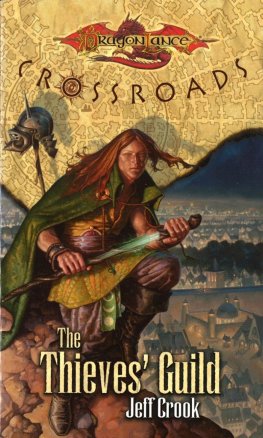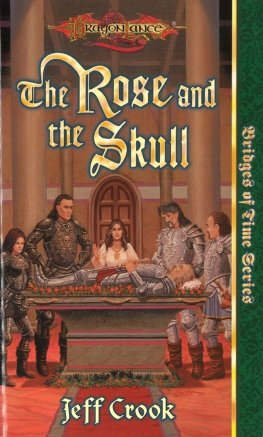ACKNOWLEDGMENTS
In order to gather all this information, I have found it necessary to enlist the cooperation of many persons and institutions. I am proud to acknowledge my indebtedness to them for various forms of assistance contributed to this work. Among them are the following:
Mr. Elmer Kobold, Kirby, Montana,
Mrs. Rose Kobold, Kirby, Montana,
Mr. Charles Young, Kirby Montana,
Mr. Jesse Young, Kirby, Montana,
Lt. Col. E. S. Luce, U.S. Army Retired, Crow Agency, Montana,
Mr. George G. Osten, Billings, Montana,
Mari Sandoz, New York City,
Mr. Dean F. Krakel, University of Wyoming, Laramie, Wyoming,
Mr. Edwin Pomranka, University of Wyoming, Laramie, Wyoming,
Mr. F. H. Sinclair, Sheridan, Wyoming,
Mr. M. D. Jenkins, Sheridan, Wyoming,
Mr. Harvey Friedberger, Sheridan, Wyoming,
Mr. Fred Colson, Sheridan, Wyoming,
Mr. H. E. Zullig, Sheridan, Wyoming,
Mr. Archie Storm, Sheridan, Wyoming,
Mr. Ben Reifel, Pine Ridge Agency, South Dakota,
Mr. Jake Herman, Pine Ridge Agency, South Dakota,
Mr. Albert Sims, Douglas, Wyoming,
Mr. Henry Bolln, Douglas, Wyoming,
Mr. John F. Henry, Douglas, Wyoming,
Mr. L. C. Bishop, Cheyenne, Wyoming,
Mr. Frank Sibrava, Wilson, Kansas.
Western History Department, Denver Public Library,
Reference and Research Service, Boston Public Library,
Reference Department, New York Public Library,
Patents and Newspapers Department, Chicago Public Library,
Library, Colorado State College of Education, Greeley, Colorado,
Historical Society of Montana, Helena, Montana,
Nebraska State Historical Society, Lincoln, Nebraska,
Colorado State Historical Society, Denver, Colorado,
U. S. Bureau of Reclamation, Billings, Montana,
U. S. Bureau of Reclamation, Hardin, Montana,
Army War College, Carlisle Barracks, Pennsylvania.
PREFACE
Though the battle of the Little Big Horn, June 25, 1876, received widespread publicity because of the magic personality of General George Armstrong Custer and the mystery surrounding the massacre of half of the 7th Cavalry regiment, the Battle of the Rosebud, thirty miles southeast and occurring one week earliervirtually unknown except to a few studentsinvolved more troops, had fewer casualties, lasted for most of a day, and was of far greater historical significance.
The Battle of the Rosebud covered an area four miles long east and west and two miles wide north and south along the banks of the little Rosebud River in southern Montana.
Northward into this territory in middle June, 1876, Brigadier General George Crook led a large column of U. S. Cavalry and Infantry. This column numbered in excess of 1325 soldiers, Indian allies, packers and miners besides some Army servants who were made part of the fighting force. Regarded at the time as the main force against the infractious Indians, the command was intercepted by a party of Sioux and Cheyennes under Crazy Horse at the big bend of the Rosebud River. After a battle which lasted nearly a day, General Crook was compelled to return to his base forty miles away on the present site of Sheridan, Wyoming.
Five correspondents from the largest newspapers in the country accompanied Crooks column. Their full description of the campaign affords a valuable source of information. One of the correspondents, John F. Finerty, wrote a book, Warpath and Bivouac, in 1890, reporting in detail his experiences in the expedition.
Lieutenant John G. Bourke, one of General Crooks staff officers, kept a diary in which he set forth at the end of each day the most minute happenings. This Diary is now in possession of the library at West Point. Later, his book, On The Border With Crook, recounted campaign events.
Captain Anson Mills, leader of a cavalry battalion in the Rosebud fight, gave additional details in his book, My Story .
Frank Gruard, General Crooks head scout, told his experiences in the campaign, Life and Adventures of Frank Gruard, edited by Joe De Barthe.
These and other eye witness accounts, together with the official reports of the battle, furnish sufficient material to piece together the highlights of the action.
In September, 1952, I made my first trip to the Custer battlefield in southern Montana and spent four days roaming over its historic hills and ravines. Before going, I had read all the books I could find on that engagement, and all mentioned vaguely an Indian battle on the Rosebud River which occurred a week before the Custer fight. Yet no one seemed to know much about the affair or where it took place. So I decided to visit this field on my way back to Colorado.
In order to get to Rosebud Valley, I took the old Busby road leading east over the Wolf Mountains, following the trail that Custer took to the Little Big Horn River. As I drove along, I passed the fork in Reno Creek where he had found the lone tepee with the dead Sioux Indian in it, and farther on, the bog where several of the pack mules had got stuck. Nearing the divide or crest of the mountains, I saw to the south the Crows Nest from which Custers scouts had discovered the large Indian village fifteen miles to the west.















